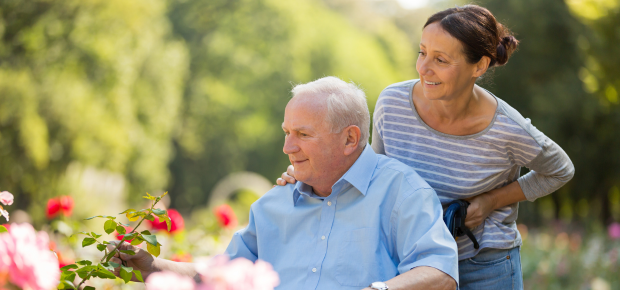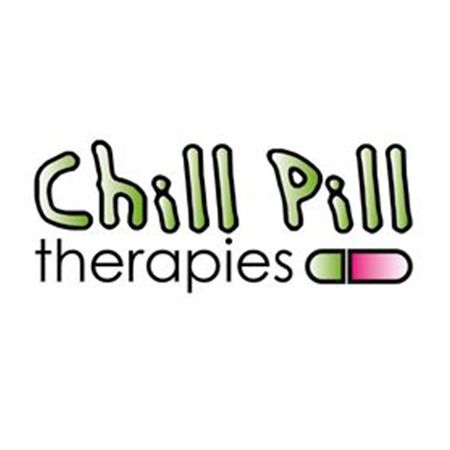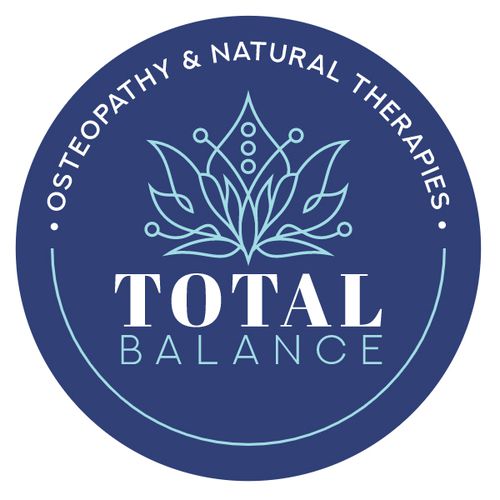
Have you ever wondered how something as simple as touch could help someone recovering from a life-altering event like a stroke? As a massage therapist who's worked with numerous stroke survivors, I've witnessed firsthand the remarkable difference that therapeutic massage can make in their recovery journey.
Understanding stroke and its impacts
A stroke occurs when blood supply to part of the brain is suddenly interrupted, either by a blockage (ischaemic stroke) or a burst blood vessel (haemorrhagic stroke). Without oxygen and nutrients, brain cells begin to die within minutes, potentially leading to lasting brain damage or death.
The aftermath of a stroke can vary widely, affecting different parts of the body depending on which area of the brain was damaged. Common long-term effects include:
- Physical challenges: Muscle weakness, paralysis, spasticity, balance problems
- Sensory issues: Numbness, tingling sensations, pain
- Cognitive effects: Memory loss, difficulty with problem-solving, speech difficulties
- Emotional impacts: Depression, anxiety, mood swings
- Daily struggles: Fatigue, insomnia, difficulty with everyday activities
Damage to the left hemisphere typically affects the right side of the body and may cause language difficulties, while right hemisphere damage impacts the left side of the body and might affect spatial awareness.
How massage therapy helps stroke recovery
You might be wondering—how exactly can massage help with such complex neurological issues? Let me walk you through the evidence-backed benefits.
1. Improved mobility and muscle function
Stroke often leaves patients with muscle weakness, spasticity (abnormal muscle tightness), or paralysis. Regular massage therapy can help by:
- Stimulating blood flow to affected muscles
- Reducing muscle tension and spasticity
- Supporting muscle tissue regeneration
- Enhancing joint mobility and range of motion
Research has shown that certain massage techniques, particularly Chinese Tuina massage combined with conventional physiotherapy, can significantly improve upper limb motor function in stroke patients during the subacute stage of recovery.
A notable Australian study led by researchers at the University of Newcastle found that a rehabilitation program incorporating traditional massage techniques produced significant improvements in activities of daily living, mood, pain, and sleep patterns of stroke patients.
2. Pain reduction
Pain management is crucial for stroke survivors, especially those experiencing shoulder pain or painful spasticity. Massage therapy addresses this by:
- Releasing endorphins (natural pain relievers)
- Reducing inflammation in affected areas
- Decreasing muscle tension that contributes to pain
- Improving blood circulation to painful areas
One study published in Clinical Interventions in Aging investigating the effects of traditional Thai massage found significant reduction in muscle spasticity in stroke patients, leading to improved range of motion and less pain.
Australian research has also shown that massage therapy is increasingly being recognised as an effective therapeutic approach for various conditions including stroke rehabilitation, with significant utilisation among Australian women seeking complementary care approaches.
3. Better circulation
Since strokes are fundamentally circulatory events, improving blood flow is essential for recovery and preventing future episodes. Massage helps by:
- Dilating superficial blood vessels to increase blood flow
- Facilitating lymphatic drainage to reduce swelling
- Enhancing oxygen delivery to oxygen-starved tissues
- Supporting the body's natural healing mechanisms
4. Reduced fatigue and improved sleep
Fatigue and sleep disturbances are common yet often overlooked challenges for stroke survivors. Massage can assist by:
- Lowering cortisol (stress hormone) levels
- Increasing energy while helping conserve it
- Promoting relaxation for better sleep quality
- Activating the parasympathetic nervous system (rest and digest)
I recall working with a client named Sarah (name changed) who struggled with post-stroke insomnia. After just four weekly massage sessions, she reported sleeping through the night for the first time since her stroke six months earlier.
5. Emotional wellbeing support
The emotional toll of stroke recovery can be immense. Many survivors experience depression, anxiety, and feelings of isolation. Massage therapy helps by:
- Increasing serotonin and dopamine (mood-lifting chemicals)
- Decreasing stress hormones like cortisol
- Providing comforting human connection
- Creating a space for relaxation and emotional release
Research has shown that even just 10 minutes of slow-stroke back massage per day can reduce both shoulder pain and anxiety in stroke patients.
6. Supporting brain function
Perhaps most surprisingly, massage may even support cognitive recovery. Some studies suggest that:
- Gentle massage can improve memory in stroke survivors
- Combining reflexology with Swedish massage may help prevent memory loss
- Enhanced blood flow to the brain supports neural recovery
- Stress reduction creates better conditions for neuroplasticity
While these cognitive benefits are still being researched, they highlight how the effects of massage extend far beyond mere physical relaxation, potentially supporting the brain's remarkable ability to rewire itself after injury.
Effective massage techniques for stroke recovery
Different massage techniques offer unique benefits for stroke survivors. Here are some approaches that have shown promise:
Swedish massage
This gentle technique uses long, flowing strokes, kneading, and circular motions to promote relaxation and improve circulation. It's often an excellent starting point for stroke patients, especially those new to massage therapy. Some patients may also benefit from other gentle, flowing styles such as Kahuna massage, which combines rhythmic movements with energy work.
Lymphatic drainage
Using light, rhythmic strokes specifically designed to stimulate lymph flow, this technique helps reduce swelling (oedema) that commonly occurs in affected limbs following a stroke.
Deep tissue massage (when appropriate)
For patients with chronic muscle tightness or spasticity, carefully applied deep tissue techniques can help release tension and adhesions. However, this should only be performed by therapists experienced in working with neurological conditions.
Myofascial release
This technique focuses on releasing restrictions in the fascia (connective tissue surrounding muscles) through gentle sustained pressure and stretching. It's particularly helpful for addressing the movement limitations that often follow a stroke.
Reflexology
Targeting specific points on the hands and feet that correspond to different parts of the body, reflexology can be especially beneficial for patients with limited mobility or those who aren't comfortable with full-body massage.
Many stroke survivors find this technique particularly soothing, as it can be performed while sitting comfortably and requires minimal repositioning.
When to introduce massage therapy after stroke
It's important to note that massage therapy isn't typically recommended during acute care immediately following a stroke. The timing matters greatly, and here's why:
- During acute care, circulatory issues may still be unstable
- The risk of blood clots remains higher in early stages
- The patient needs medical stabilisation first
- Baseline assessments from the medical team should guide therapy choices
However, once the patient has stabilised and entered rehabilitation, massage can become an invaluable part of their recovery plan. Always consult with the patient's healthcare team before beginning massage therapy.
Integrating massage into a comprehensive stroke rehabilitation plan
For best results, massage therapy should be part of an integrated approach to stroke rehabilitation:
- Coordination with the healthcare team: Work closely with the patient's doctors, physiotherapists, and occupational therapists to ensure complementary care.
- Personalised treatment plans: Every stroke survivor has unique needs—their massage therapy should reflect this with individualised approaches.
- Regular assessment: Track progress and adjust techniques as the patient improves or faces new challenges.
- Combined approaches: Often, the most effective recovery comes from combining massage with traditional rehabilitation methods, proper nutrition, and other supportive therapies.
- Patient education: Teaching patients and carers simple massage techniques to use at home can extend benefits between professional sessions.
Finding a qualified massage therapist for stroke recovery
When seeking a massage therapist to support stroke recovery, look for:
- Specialised training: Therapists with neurological rehabilitation experience
- Healthcare collaboration: Willingness to work with your medical team
- Adaptability: Ability to modify techniques based on individual needs
- Assessment skills: Understanding of how to evaluate progress
- Empathetic approach: Patience and compassion for the recovery journey
In Australia, you can find qualified massage therapists through professional organisations like the Australian Association of Massage Therapists or through the Natural Therapy Pages directory.
Wrapping up
As research continues to validate the benefits of massage therapy for stroke survivors, we're seeing increased integration of these techniques into standard rehabilitation protocols. The non-invasive, drug-free nature of massage makes it an attractive complementary therapy for many patients.
If you or a loved one is recovering from a stroke, consider discussing massage therapy with your healthcare provider. When implemented appropriately as part of a comprehensive rehabilitation plan, it may offer significant benefits for both physical recovery and emotional wellbeing.
Ready to experience the healing benefits of massage therapy? Find qualified massage therapists near you who specialise in stroke rehabilitation and recovery. Many practitioners offer initial consultations to discuss your specific needs and create a personalised treatment plan.
|
Do you have a natural health & wellness business? |









